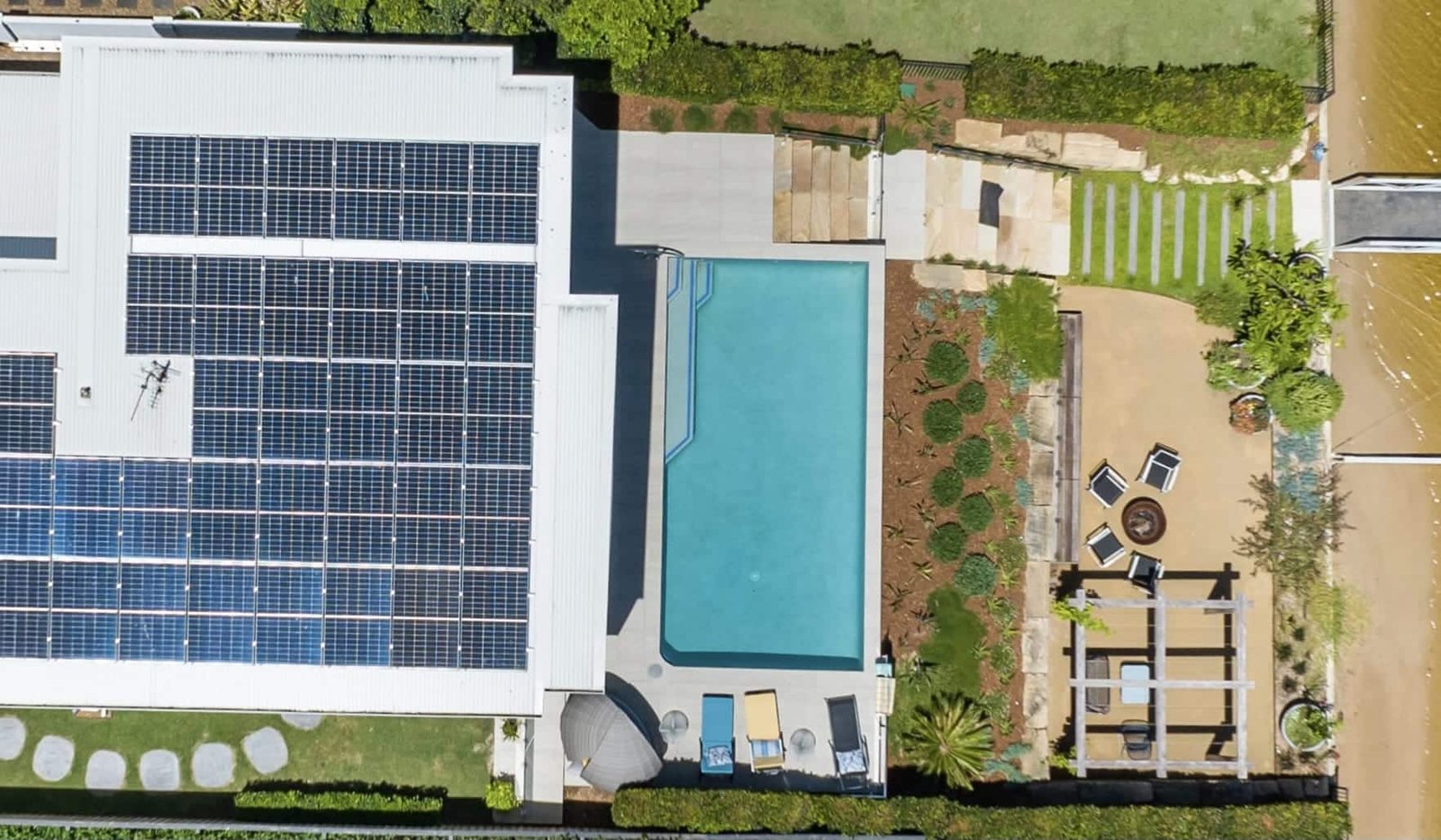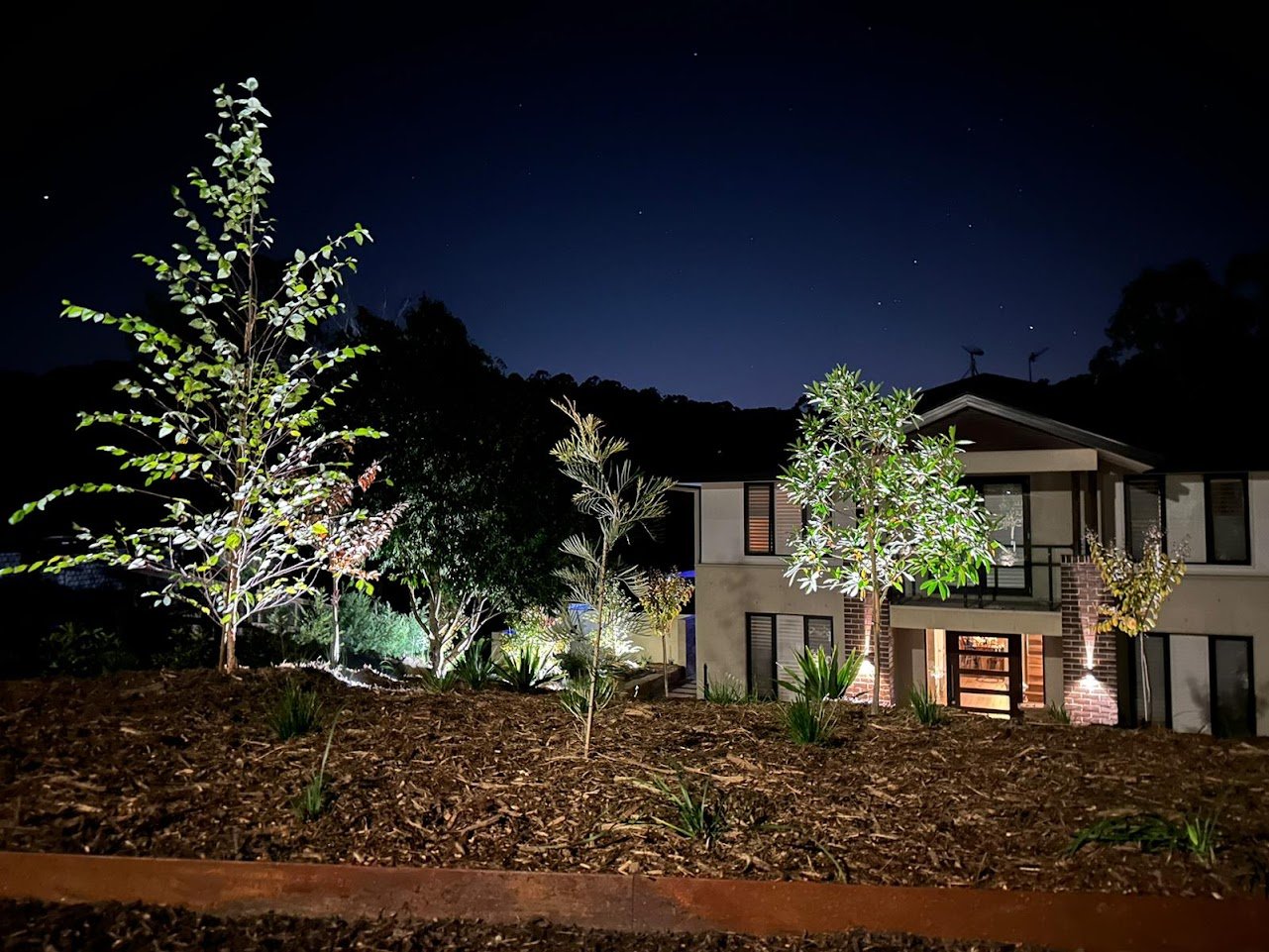Currently, backyards have become sanctuaries where nature and modern design can complement perfectly to create stunning, functional spaces. Combining natural elements with stylish, contemporary architecture can transform outdoor areas into cohesive extensions of the home.
These fixtures can balance aesthetics, sustainability, and functionality. Please check out how to achieve this smooth integration for a modern backyard that captivates and soothes your mind:
Use Natural Materials with Modern Finishes
Combining nature and architecture depends on material choices. You can opt for natural elements like wood, stone, or bamboo, but you can pair them with modern finishes for a polished look. For instance, a stylish concrete patio can be softened with reclaimed timber benches or river rock borders. You can choose weathered steel for planters or pergolas to add an industrial edge that complements greenery.
These materials can blend the organic, and the contemporary perfectly and create a cohesive aesthetic. You should ensure that textures contrast—smooth concrete against rough-hewn stone to add visual depth and maintain a clean, modern vibe.
Integrate Native Plants
Native plants are essential for grounding a modern backyard in its natural surroundings. They thrive in local climates; and require less maintenance and water, which matches the sustainable design principles.
You can incorporate structured plantings, like neatly trimmed boxwoods or ornamental grasses, to frame open spaces or pathways. If you prefer a contemporary twist, you can arrange plants in geometric patterns or linear rows and contrast their organic forms with the clean lines of modern architecture. Vertical gardens or green walls can add lushness without cluttering minimalist designs.
Create Fluid Transitions between Indoor and Outdoor Spaces
The modern design is about maintaining a smooth flow between indoors and outdoors. Large glass doors or floor-to-ceiling windows can connect your living space visually to the backyard and can make it feel like an extension of the home.
You can extend interior flooring materials, like polished wood or tiles, onto patios to blur boundaries. You can add stylish outdoor furniture in neutral tones that reflect indoor décor and create a perfect look. This approach can enhance aesthetics and maximize usable space for entertaining or relaxation.
Incorporate Water and Fire
Water and fire elements can add drama and tranquility and combine nature and architecture. A minimalist water feature like a slim reflecting pool or a wall-mounted fountain can introduce calm and reflect the surrounding greenery.
You can pair it with a modern fire pit as stylish yet low-profile designs in concrete or steel can add warmth and contrast. These elements can create focal points that feel natural and sophisticated, boosting the backyard’s ambiance day or night.
Use Lighting to Highlight Nature and Structure
Beautiful lighting can improve the interplay between nature and architecture. Low-voltage LED lights along pathways or embedded in steps can highlight clean lines while ensuring safety. Uplighting on trees or sculptural plants can accentuate their forms and blend the organic with the architectural.
If you want a modern touch, you can use linear or recessed lighting to outline structures like pergolas or retaining walls. You can opt for warm-toned lights to create an inviting atmosphere that complements natural elements.
Bottom Line –
You can combine natural materials thoughtfully, native plants, seamless transitions, dynamic features like water and fire, and strategic lighting for a modern backyard that feels timeless and cutting-edge. This balance enhances aesthetics and creates a functional, sustainable space that invites relaxation and connection with nature. For landscape architect design in Gold Coast, please contact Apunga Landscapes at 0448 884 333.


